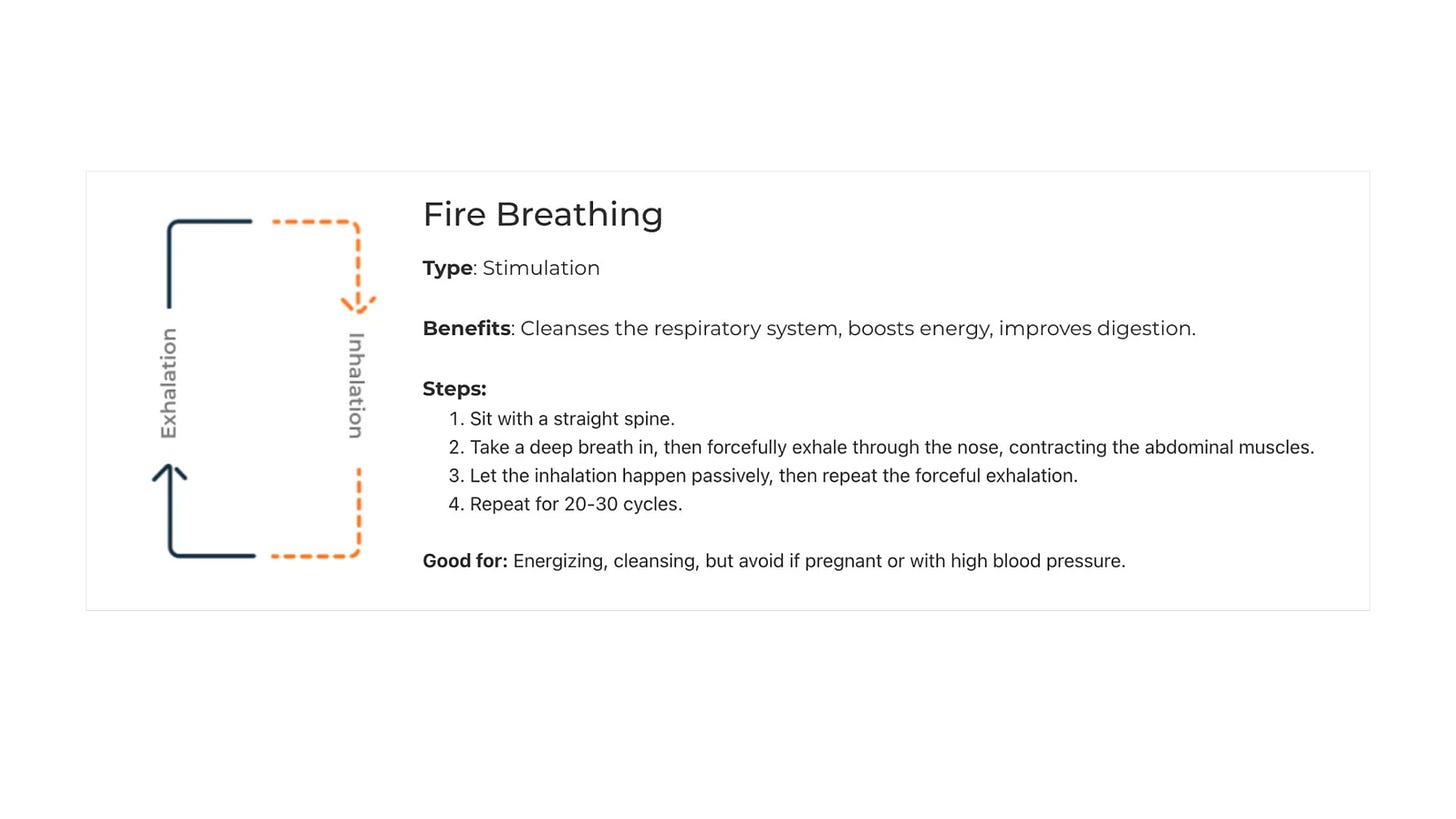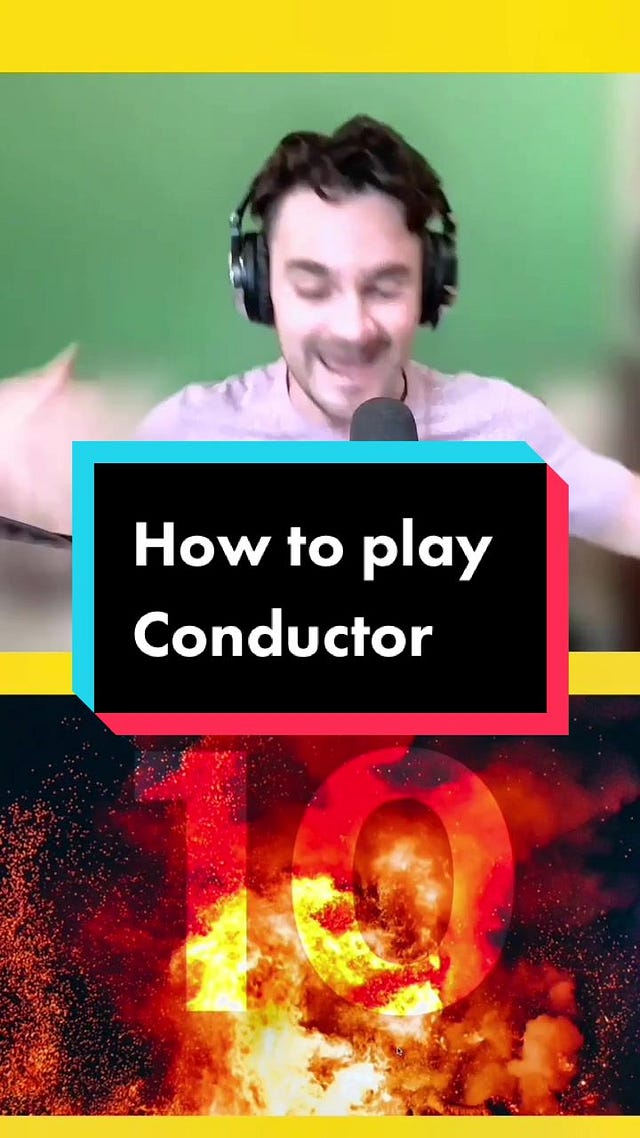Crack the Code of Public Speaking: 10 Proven Tips To Become An Effective Communicator 📢
Issue #65 — Mastering the Art of Effective Communication. A Podcast to Polish Your Speaking Skills. What is Maturity?
If you like reading this, feel free to click the ❤️ button on this post so more people can discover it on Substack. 🙏
💡 Here are 3-tips to help you learn, grow, and be inspired this week!
Note: This issue is a little bit longer than usual. I recently conducted a 3-hour workshop (we call it Growth Workshops), focusing on Effective Communication with my company’s leadership team. It's challenging to condense all the valuable content into a brief message, but I assure you, every word will be worthwhile.
🎓 Learn
Surveys found: People rank Public Speaking Ahead of Death on a List of Fears!
It may sound like an exaggeration, but the fear of public speaking is indeed one of our most profound anxieties.
And it's not just public speaking; many of us get nervous when we have to speak in any context:
Asking a question in a meeting.
Mingling at work or family events.
Talking to someone on the phone.
Despite the fear, becoming an effective communicator is important and worthwhile in every way.
Warren Buffet aptly pointed out:
Imagine working on one Skill and that will raise your value by 50 percent. The one skill is Public Speaking.
Being better at public speaking is important because:
Your story and experience are worth sharing.
It is critical for our personal and professional growth.
Clear communication is the only way to win in the attention economy.
But.. why are we so afraid of Public Speaking?
Despite acknowledging its significance, why do many of us remain apprehensive? Here are some common reasons:
Speaking in public can be especially challenging for introverts.
Many feel they aren't good at public speaking.
Social anxiety can amplify the fear.
Some believe they don't have enough quality content to present.
A lack of confidence can hinder public speaking.
The dread of blanking out during a speech.
Previous failures can haunt us.
General anxiety about public speaking.
Remember, as the saying goes,
“There are two types of speakers: those that are nervous and those that are liars.”
I, too, grapple with nervousness as an introvert.
However, effective communication is vital as the CEO of a multi-million dollar web agency overseeing 120 people.
I remember my first disastrous public speaking attempt, which was nothing less than horrifying.
I’m standing in front of 200 people in our school hall in 4th grade. I start reading a poem. People start laughing. I think they like it, so I keep going. But they laugh more. Confused and embarrassed, I try to hide my face behind the book.
Then, my teacher took my notebook and asked me to sit down. I walk back while everyone laughs. I realized I was supposed to sing the poem, not just read it.
This incident made me avoid public speaking for the next six years. But in 10th grade, I tried again. I joined a speaking competition at school. I have learned and practiced a lot. I talked in front of 500 students and won the first place.
I learned an important lesson: public speaking is a skill anyone can master with learning, dedication, and the right techniques.
In the last five years, I've been learning to get better at this skill:
I've delved into several books on public speaking.
I've closely studied the styles and structures of hundreds of effective speakers, watching their videos.
I joined a course on public speaking.
I've developed my own step-by-step guide for effective communication, which I consistently employ.
Step-by-Step Guide to Become an Effective Communicator
🧳 Prep Work
Step #1: Create Perfect Intro
The first thing your audience will hear is your introduction. Craft it with care. To get started, watch this TED talk on creating the perfect intro. You can create multiple intros for different setups and audiences. I've included a template and a few examples of my own intros when I represent different brands and platforms.
Step #2: Create Your Story Box
Stories are powerful tools for effective communication. Build a database of personal stories, parables, and jokes, and link them to relevant topics and lessons for your presentations. Step #9 will teach you how to tell these stories effectively.
But for now, focus on writing down the title of the story and key lessons from each story.
Step #3: Create Clear Structure
All great talks have a structure. It aids in memorization and seamless delivery. Most of my presentations follow this "T" shape:
Importance →Why does this topic matter to your audience?
Obstacle → What challenges do we face?
Solution → What's the best way to overcome these challenges?
🧘🏾♂️ Pre Stage
Step #4: Get Into Character
First, answer this question:
Favorite Audience → Who is a group of people that you feel comfortable talking to or presenting?
Favorite Place → What was the stage, room, or place where you delivered an awesome talk in the past?
Favorite speaker → Who do you think is your idol when it comes to public speaking? Who do you secretly wish to become as a public speaker?
Then, right before you are going to present, close your eyes and tell yourself that:
You are addressing your favorite audience.
You are presenting in your favorite place/stage.
You are getting into the character of your favorite speaker.
Step #5: Prepare Your Mind & Body:
Nap if you can before your presentation (I do that almost all the time).
If you can’t nap, try to go on a quick walk.
Try this power pose for confidence. It takes only 2 minutes, but research says it works.
Do 2-5 minutes of conscious breath meditation by focusing on inhaling and exhaling each breath.
I also love doing this “Fire Breath Protocol,” which helps to generate energy and focus.
Finally, reassure yourself that you've reached this stage because you're the "expert" on this subject and possess more knowledge than most of your audience regarding the topic you're presenting.
🤹🏾 Delivery
Step #6: Address Your Fear:
Don't be afraid to admit your nervousness; it's perfectly normal.
In fact, authenticity can endear you to your audience. Here are some ways I address my fear:
"I'm an introvert, and this is uncomfortable for me, so let's breathe together, shall we?"
"English isn't my first language, so please forgive any mispronunciations. I wish we had subtitles!"
Step #7: Add Musicality:
Learn how to modulate your energy, volume, and tone to match your content. I assign a numerical rating (1 to 10) to each slide to remind me of the appropriate energy level.
Watch this video to learn how to add musicality to your presentation:
Step #8: Use Breath and Pause:
We always underestimate the power of pause.
Use the breath and pause to organize your thoughts and ideas.
Here is a short guide on how to use breath and pause effectively during the presentation.
Step #9: Tell Effective Story:
Effective speakers master the art of using personal anecdotes, parables, or humor to illustrate key points. Drawing from your story box created in Step #2, seamlessly incorporate relevant stories into your content.
Here are a few tips on telling effective stories.
Use LAP (Location, Action, Present Tense) to tell your stories, keeping your audience engaged. → I’m in a cafe in DC reading a book.
Keep stories concise by focusing on the climax and important details.
Aim to finish your story within 3 minutes.
Don’t tell a story, but relive your story when you tell it so you bring the right emotions (musicality) + it will be easy to remember the details.
(Tip: Read my 4th-grade public speaking story again ☝🏾)
Step #10: Finish Strong:
Don't overlook the conclusion of your presentation; it's what your audience is likely to remember most. There is a reason why all Apple Events keep the most important announcement at the end.
Consider these three impactful ways to conclude:
Emotional End: Tell a story or quote that emotionally resonates with your topic’s key message.
Action: Give something simple to act or work on after your presentation. Example: A challenge, workbook, template, etc.
Easy Summary: Share key points in an easy-to-understand format that highlights your topic's main 3-5 points.
🧑🏾💻Tips for Virtual Talk
#1: Try a standing desk if you can: I've noticed a boost in confidence and energy when I present standing up rather than sitting.
#2: Focus on the camera, not the people: Sometimes, I hide the view of attendees' windows. Staring at the camera instead of worrying about people watching you can help reduce nervousness.
#3: Streamline your screen: Keep only the necessary apps and screens open for your presentation by closing unnecessary windows and applications.
🎁 Bonus Tip
Try to wear a black outfit for virtual or in-person presentations. Want to know why — find it out by watching this video! 😀
Here is a summary of all the 10 steps to become an effective communicator:
Perfect Intro - Craft a compelling introduction with the template "I + Help + People + Achieve a Result."
Story Box - Build a collection of personal stories and parables to enhance your presentations.
Clear Structure - Organize your talk using the "T" structure: Importance, Obstacle, Solution.
Character Visualization - Mentally place yourself in an ideal setting, audience, and speaker persona.
Mind & Body Prep - Prepare with rest, movement, and breathing exercises for confidence.
Address Fear - Authenticity and humor help alleviate nervousness; acknowledge it openly.
Add Musicality - Vary energy, volume, and tone to engage your audience effectively.
Use Breath & Pause - Leverage the power of pauses to collect thoughts and ideas.
Effective Storytelling - Share brief, emotionally resonant stories using the LAP method.
Finish Strong - Conclude with an emotional quote, actionable item, or clear summary.
Keep in mind... both of these gentlemen right here felt nervous about public speaking, but that didn't stop millions of people from eagerly listening to their speeches.
🚀 Growth Tip
As we are on the topic of effective communication, I would highly recommend listening to this podcast.
In this podcast, Stanford professor Matt Abrahams, an expert in spontaneous conversations, shares six steps to help polish your speaking skills.
🤩 Inspire
May the Peaceful Growth be with you! 🪴










